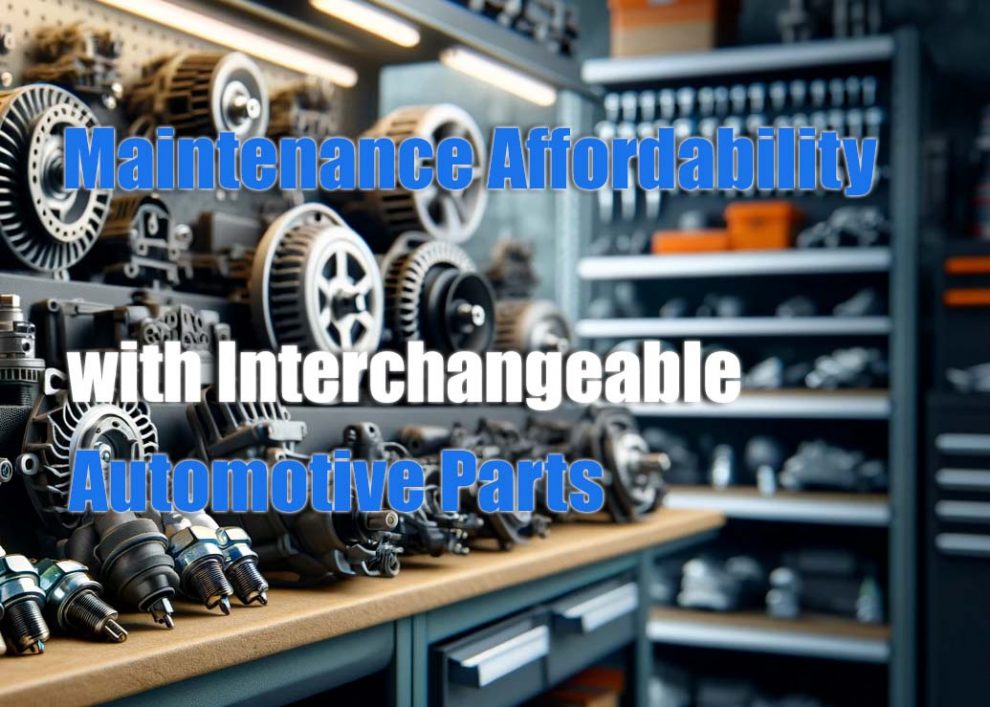Interchangeable car parts lists enable smart, affordable parts replacements by identifying aftermarket components meeting OEM specifications across brands. This guide covers these lists’ utility.
As vehicles age, replacement components sourced exclusively from high-priced dealerships strain consumer budgets. This is where interchangeability comes in – the registering of equivalent aftermarket parts across brands based on compliance to original engineering specs. Compiling these substitutions fuels market options beyond factory suppliers. With expanded consumer choice, price competition introduces cost savings into parts replacement, benefiting drivers requiring maintenance.
Overview of Component Equivalency
Leading warehouse chains and parts manufacturers invest heavily in interchangeability testing programs that validate aftermarket components against OEM benchmarks. Candidates undergo rigorous evaluation of dimensional accuracy, real-world performance mapping, simulated service duty cycles, and stringent safety audits geared towards longevity and reliability metrics. Parts satisfying metrics may be conferred interchangeable status, construing functional and durability parity with factory originals. Expanding budgets for equivalency certification facilitates growth of interchange listings across all vehicular classes and major component categories.
Factors in Determining Interchange Viability
 Several key factors govern determinations of parts interchangeability and inclusion within popular cross-reference catalogs:
Several key factors govern determinations of parts interchangeability and inclusion within popular cross-reference catalogs:
- Precision component sizing essential for proper vehicular fitment
- Performance profile matching OEM mappings under real-world operating conditions
- Simulation testing to determine durability across accelerated duty cycles
- Safety testing focused on critical standards compliance and defect avoidance
Satisfying this array of qualification benchmarks enables listing of alternates guaranteed to seamlessly replace factory parts when repairs or routine maintenance arise.
Top Resources for Parts Interchange Data
Trusted catalogs reliably mapping equivalent aftermarket parts are published by reputable manufacturers and industry leaders. For example, extensive interchange documentation from Moog, Timken, Bosch, Denso and other leading vendors helps steer mechanics and DIYers towards suitable parts replacements guaranteed to safely perform to OEM spec. Many major retailers like NAPA, AutoZone and Pep Boys also maintain consumer-accessible interchange databases that allow easy identification of verified substitute components by VIN lookup or parts attribute filters.
Parts Standardization Supports Affordability and Safety
Interchangeability catalyzes market options beyond factory suppliers which unlocks pricing competition and financial savings. However, responsibly compiled equivalency mappings also promote consumer safety and satisfaction. Since cataloged substitutes must exhibit parity to OEM parts across stringent performance, longevity and compliance benchmarks, drivers can confidently utilize these components without sacrificing reliability or roadworthiness – a win for both wallets and safety. For Jeep Liberty cold air intake ideas, see our guide on the Best Cold Air Intake for Jeep Liberty.
The Future of Interchange Cataloging
Projecting forward, expanded equivalency certification budgets enabling deeper interchange documentation across vehicular segments will continue democratizing access to safe, high-value maintenance options. Furthermore, integration of interchange data into user-friendly parts sourcing platforms provides vital connectivity between quality-focused replacement parts and the average consumer.


Add Comment